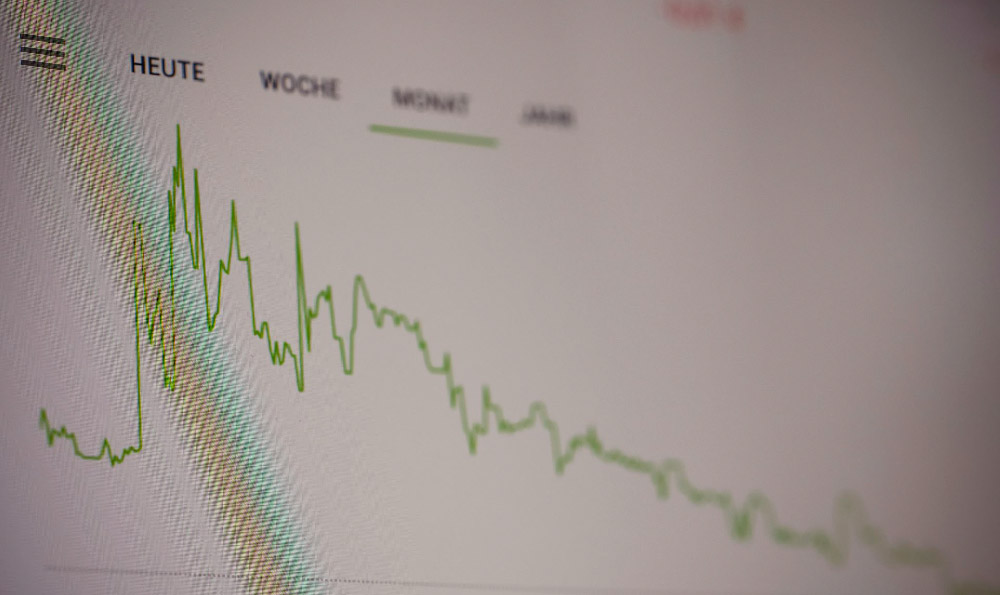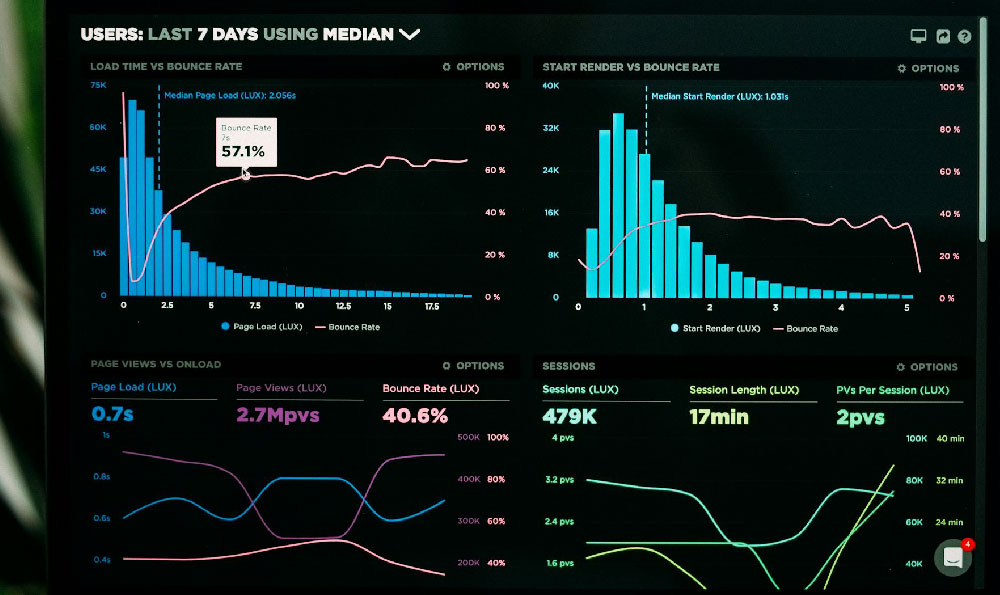Venmo, the ubiquitous digital wallet owned by PayPal, has become a cultural phenomenon, especially among younger generations. Its ease of use and social features have driven massive adoption, but the question of its profitability remains a persistent one. Understanding Venmo's revenue streams is crucial to evaluating its financial health and long-term viability.
Venmo’s revenue generation strategy is multi-faceted, leveraging its large user base and transactional volume. One key revenue stream comes from transaction fees charged to businesses. While person-to-person (P2P) transactions funded by debit cards and bank accounts are generally free for users, Venmo charges merchants a standard transaction fee when they accept Venmo as a payment option. This is similar to how credit card companies charge merchants for processing fees. The adoption of Venmo by businesses, particularly smaller retailers and online vendors, is steadily increasing, contributing significantly to Venmo's overall revenue. This revenue source is directly tied to the growing acceptance of Venmo as a mainstream payment method beyond just casual transactions between friends.
Another significant revenue source is instant transfers. While standard transfers from Venmo to a user's bank account are free, they typically take one to three business days. For users who need immediate access to their funds, Venmo offers an instant transfer option for a fee, usually a percentage of the transferred amount. This service caters to users who value speed and convenience, generating considerable revenue for Venmo, especially amongst those who utilize the platform frequently for business transactions or require immediate access to funds. The fee, while small individually, aggregates significantly given the high volume of transactions on the platform.

Venmo also generates revenue through its credit card program. When users make purchases with the Venmo credit card, Venmo receives a percentage of the transaction as an interchange fee from the merchant's bank. This is a standard practice in the credit card industry. Furthermore, the Venmo credit card offers rewards, often in the form of cashback, which incentivizes users to use the card for everyday spending. While Venmo pays out some of these rewards, the interchange fees it earns on these transactions generally outweigh the cost of the rewards program, contributing positively to its bottom line. The credit card program also fosters user loyalty and increases overall engagement with the Venmo ecosystem.
Furthermore, Venmo offers cryptocurrency trading within its app, allowing users to buy, sell, and hold cryptocurrencies like Bitcoin and Ethereum. While Venmo does not directly mine or create these cryptocurrencies, it charges a fee on each transaction made within the platform. This fee is a percentage of the transaction value and constitutes a significant revenue stream, especially considering the volatility and active trading often associated with cryptocurrencies. The integration of crypto trading into Venmo's existing platform increases user engagement and diversifies its revenue sources, tapping into the growing interest in digital assets.
Venmo also benefits indirectly from its parent company, PayPal. Being integrated into PayPal's vast financial ecosystem allows Venmo to leverage PayPal's infrastructure, security protocols, and regulatory compliance expertise. This reduces Venmo's operating costs and allows it to focus on user acquisition and product development. Moreover, PayPal can cross-promote Venmo to its existing user base, further accelerating its growth. The synergy between Venmo and PayPal creates a competitive advantage in the digital payments market.
The question of Venmo's profitability is complex. While Venmo generates substantial revenue through the aforementioned channels, it also incurs significant expenses. These expenses include transaction processing fees (especially for transactions funded by credit cards, which Venmo absorbs), customer support costs, marketing and advertising expenses aimed at acquiring and retaining users, and technology development costs associated with maintaining and improving the platform's functionality and security. Moreover, compliance with financial regulations and anti-money laundering laws adds to the operational costs.
Determining Venmo's precise profitability is challenging because PayPal does not typically break out Venmo's financial performance as a separate line item in its earnings reports. However, analysts generally believe that Venmo, while generating substantial revenue, may not yet be as profitable as some of PayPal's other business segments. This is due to the high costs associated with user acquisition, transaction processing fees, and the relatively low margins on some of its services.
However, the long-term outlook for Venmo's profitability is positive. As Venmo continues to grow its user base, expand its service offerings (such as more sophisticated financial products and partnerships), and refine its pricing strategies, it is expected to become increasingly profitable. The growing adoption of Venmo by businesses, the increasing popularity of its credit card program, and the diversification into cryptocurrency trading all contribute to this positive outlook. Moreover, as Venmo leverages PayPal's existing infrastructure and expertise, it can further optimize its cost structure and improve its margins.
In conclusion, Venmo generates revenue through a variety of channels, including transaction fees on business payments, instant transfer fees, interchange fees from its credit card program, and fees on cryptocurrency trading. While it incurs significant expenses related to user acquisition, transaction processing, and technology development, its long-term profitability prospects are promising. As Venmo continues to grow, innovate, and leverage the resources of its parent company, PayPal, it is poised to become an even more significant contributor to PayPal's overall financial performance. The strategic direction of Venmo appears to be geared towards enhancing user engagement and expanding into new financial services, ultimately driving both revenue and profitability in the years to come.












